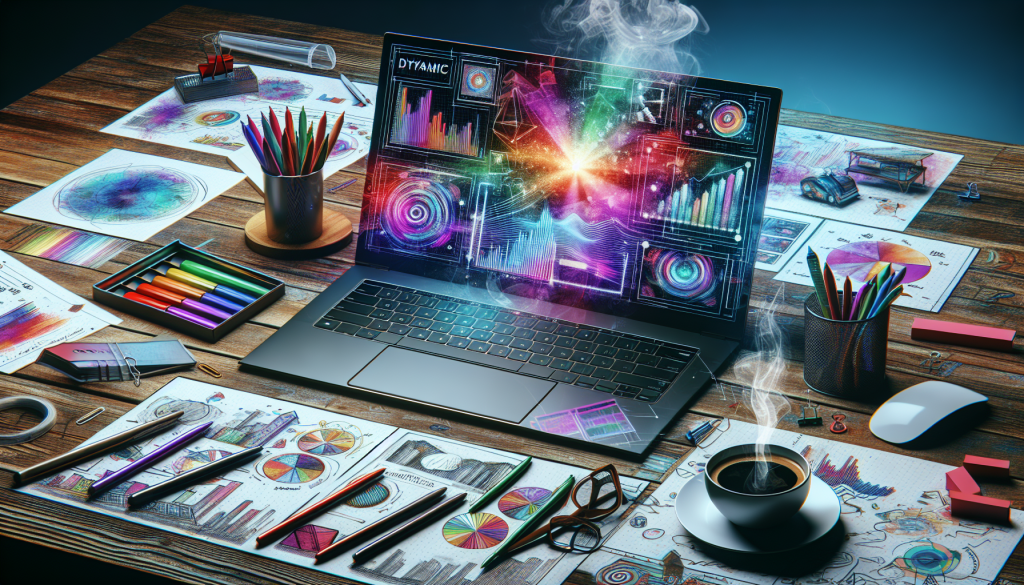
Beginner’s Guide to Dynamic Presentation Software: Everything You Need to Know
In today’s fast-paced digital world, presentation software has evolved to become more dynamic and engaging. We’re diving into the world of dynamic presentation software, a tool designed to make your slides not only informative but also captivating. Whether you’re a student, a business professional, or a creative storyteller, knowing how to harness the power of these tools can make your presentations stand out.
At its core, dynamic presentation software offers features beyond simple slideshow creation. Unlike traditional software, these tools allow for interactive graphics, animated elements, and multimedia integration. Imagine giving a presentation where charts animate to show real-time data changes or where videos play seamlessly between your slides. This level of interaction is what dynamic presentation software aims to achieve.
A few interesting facts about these tools: Dynamic presentation software has seen a significant shift over the last decade. With the rise of cloud-based solutions, users now have access to collaborative features, enabling multiple people to work on a presentation simultaneously. Statistics show that presentations using dynamic content engage audiences up to 80% more than static slides. This boost is partly due to the software’s ability to support various media formats and integrate with tools like ChatGPT for content generation.
One example of the software’s growing prominence is its adoption in the corporate arena. During a demonstration, a business analyst used ChatGPT to outline a presentation for a gaming developer. By inputting a detailed prompt, ChatGPT created slide titles and bullet points, saving the analyst hours of work. A script generated by ChatGPT further streamlined the process by auto-populating Google Slides, demonstrating the software’s efficiency.
Getting started with dynamic presentation software is easier than ever. Tools like Perplexity AI can help bolster your presentations with evidence and sources, offering a robust foundation for any topic. To use dynamic software effectively, start by exploring its templates and experimenting with animations and media. Practice makes perfect, and soon, you’ll find the software intuitive and indispensable.
Creating engaging presentations is an art. Here are a few tips: keep your slides concise, use visuals to complement your points, and engage with your audience by asking questions or encouraging interaction. Remember, a well-structured presentation with a clear narrative is as crucial as the technology behind it.
For those ready to dive deeper, dynamic presentation software offers advanced features like 3D object integration and interactive quizzes. These elements can transform a mundane presentation into an immersive experience. Tools might include real-time data feeds or virtual reality components to captivate and inform your audience.
To wrap up, we’ve explored the ins and outs of dynamic presentation software. From its definition and fascinating facts to real-world applications and advanced features, this toolset can revolutionize your approach to presentations. With this guide, you’re equipped to create dynamic, engaging slides that resonate with any audience. Thanks for reading, and stay sharp by subscribing for more insights!